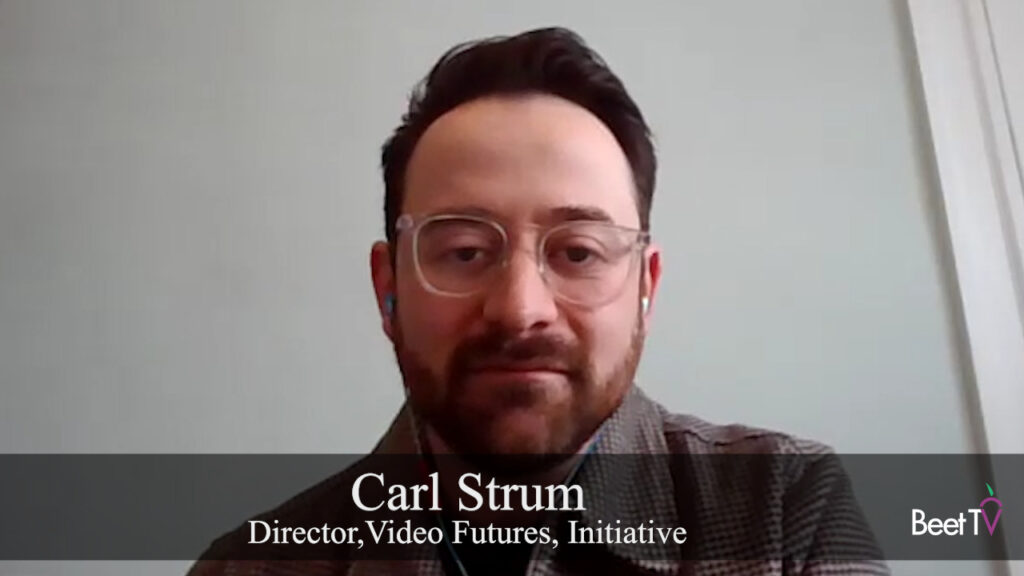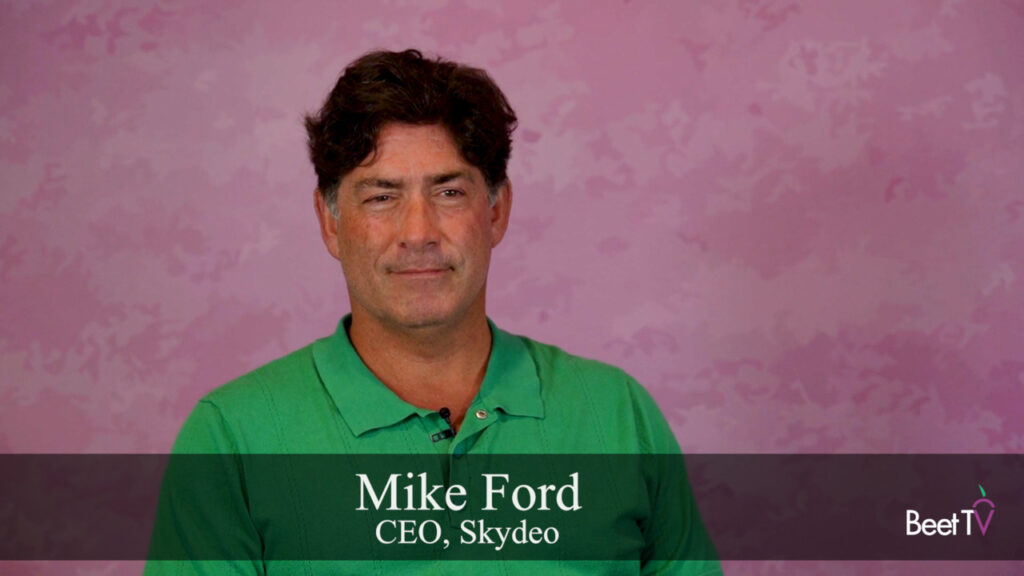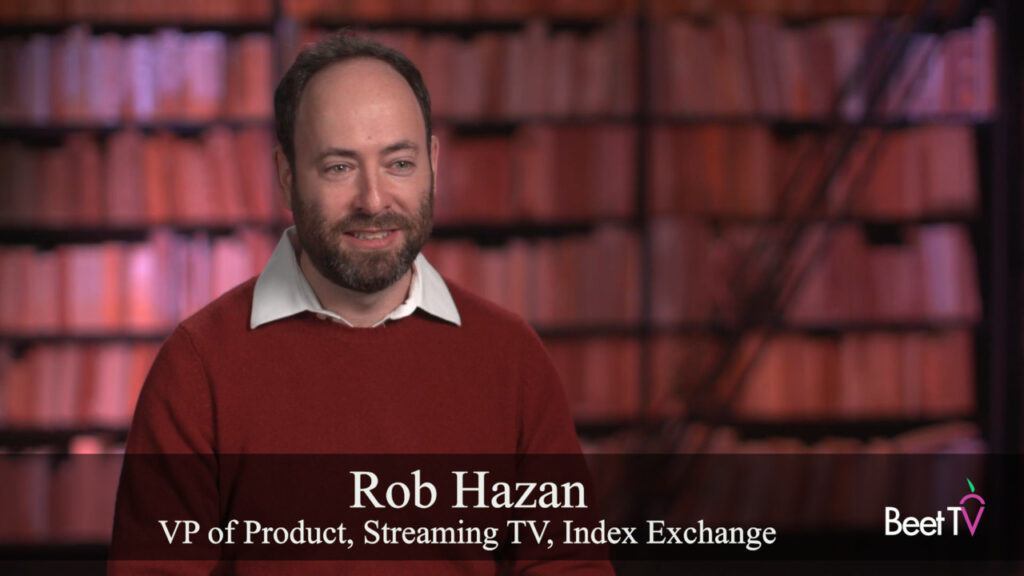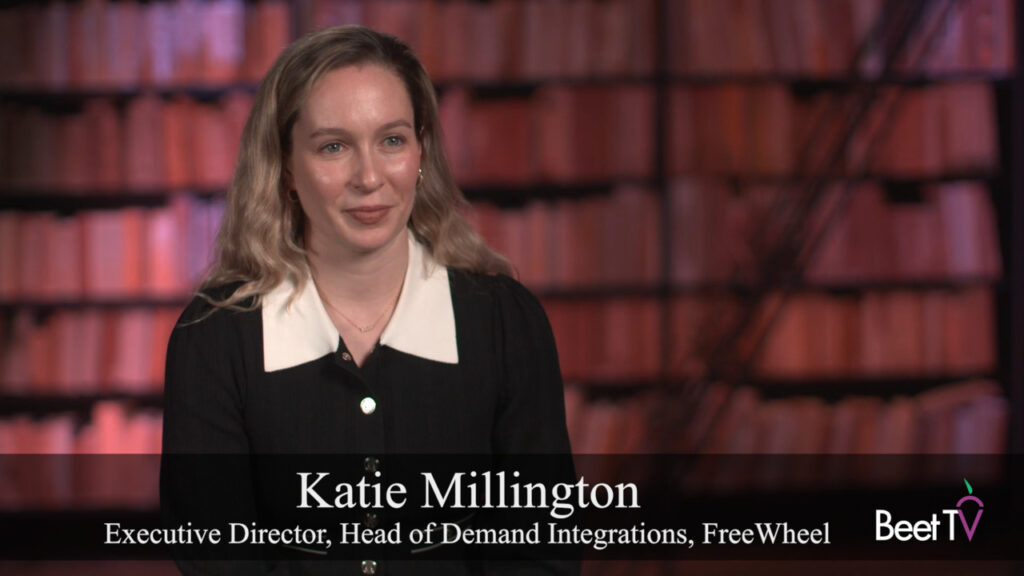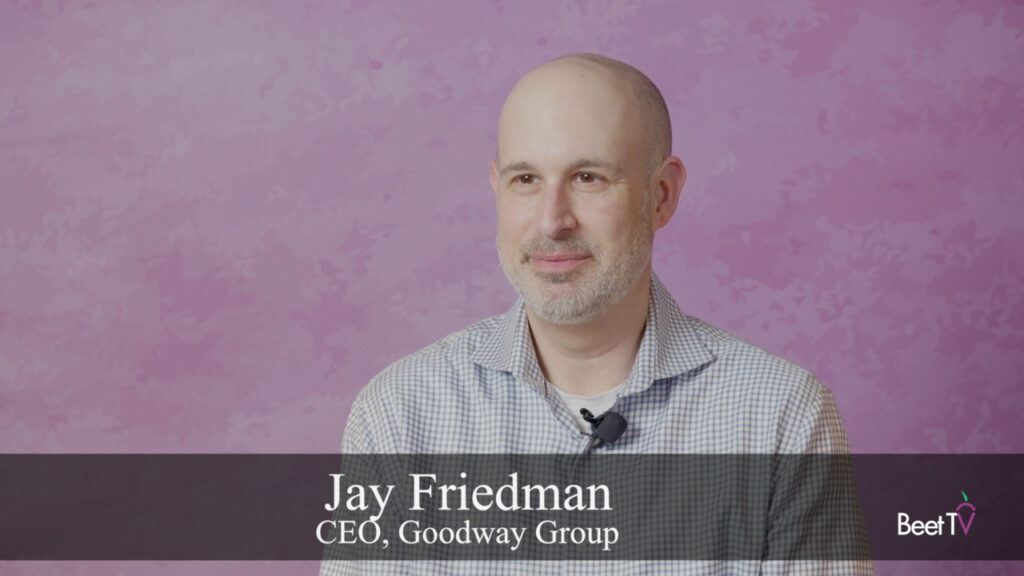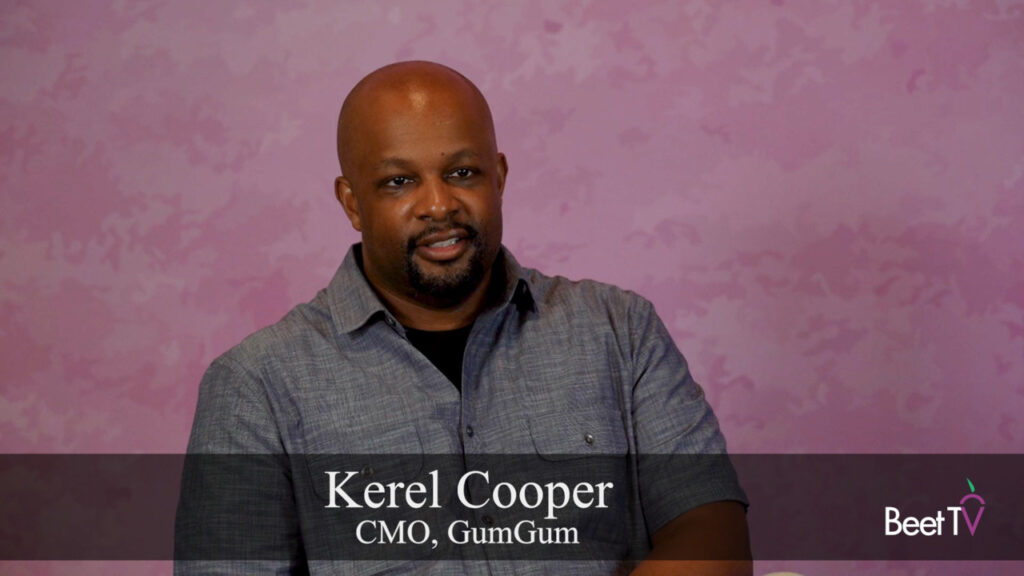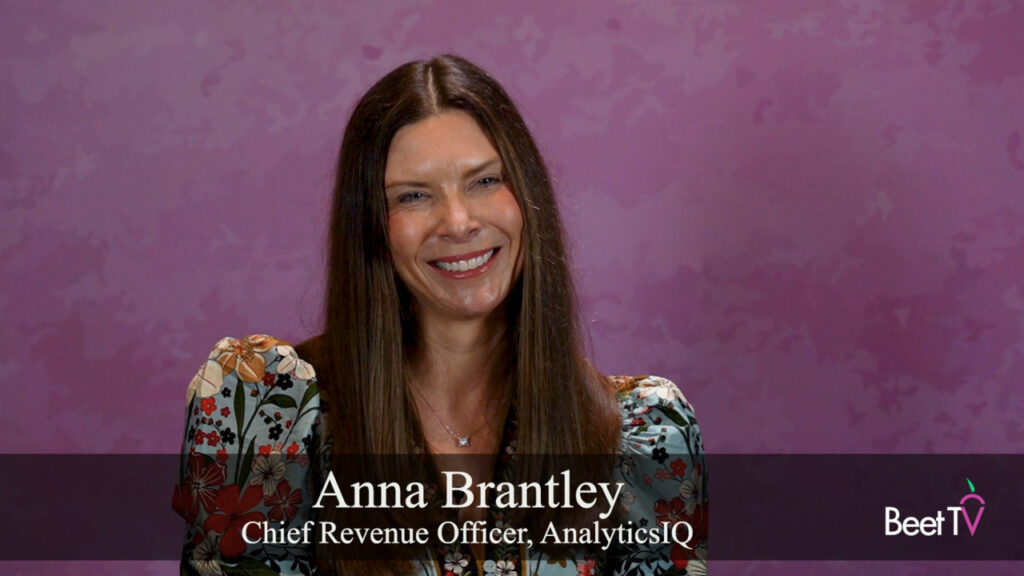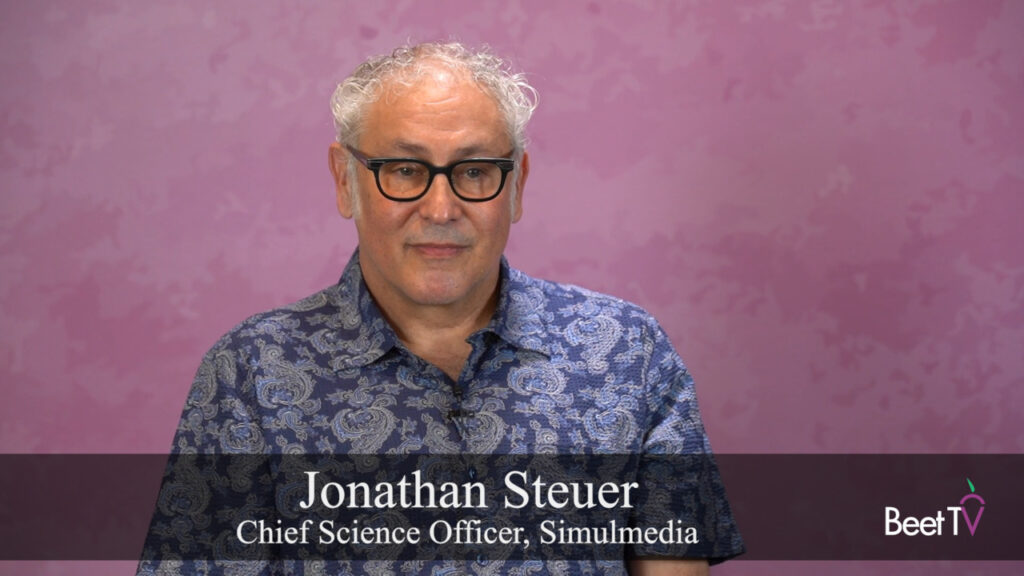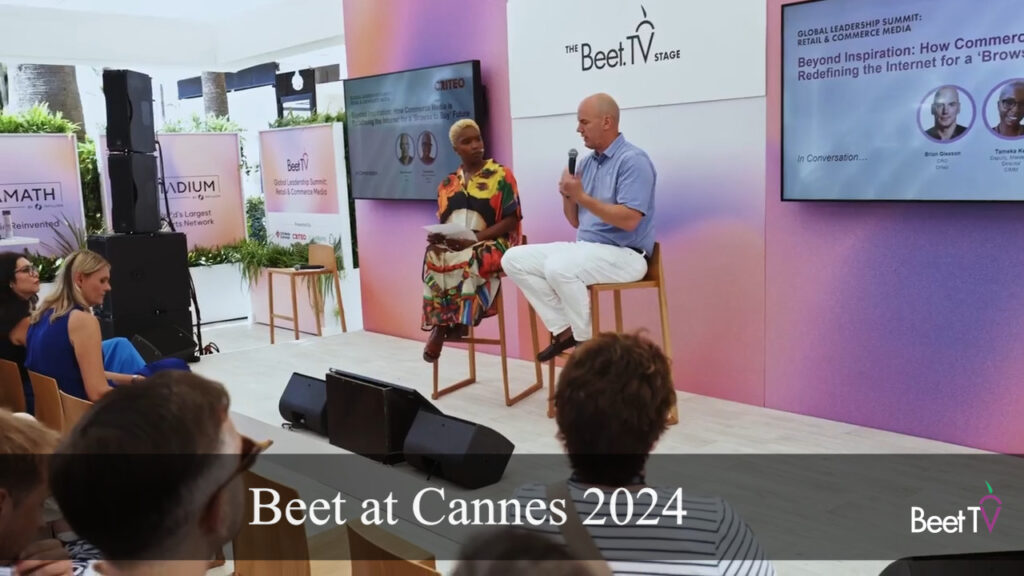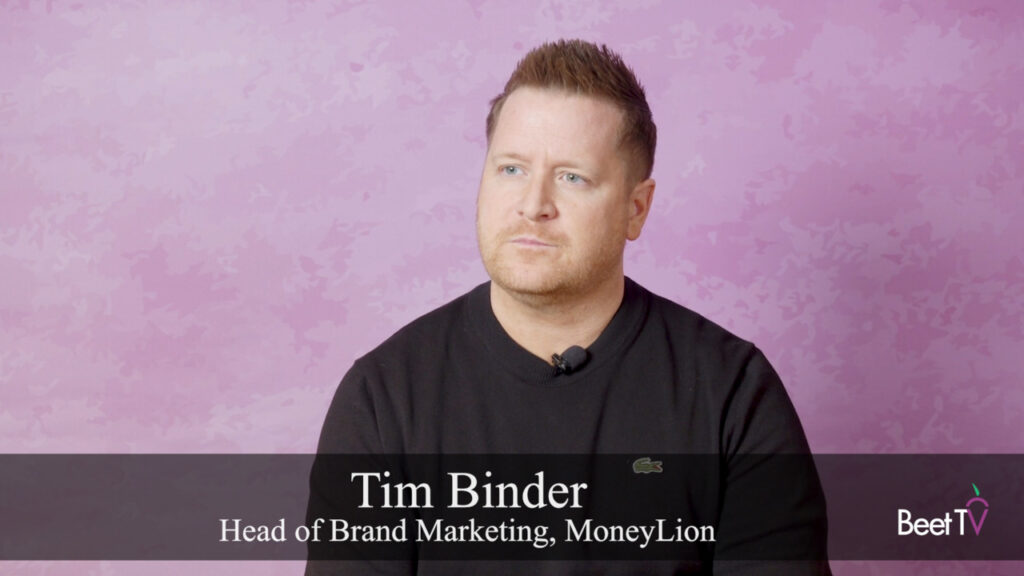Connected TV advertising suffers from a fundamental lack of transparency that’s leading to misplaced ads and questionable attribution, according to a senior Yahoo executive.
The problem is particularly evident when CTV ads, designed for large-screen viewing experiences, appear on smaller devices – creating confusion about performance measurement and effectiveness.
“Advertisers have all the control. The only way they’re going to be able to change the ecosystem is if advertisers lean in and push us to change,” said Joshua John, senior director of product strategy at Yahoo, in this video interview with Beet.TV.
Transparency challenges
John believes the programmatic CTV ecosystem faces significant obstacles in delivering the transparency advertisers need, with two key factors limiting progress.
- “One is VPPA (Video Privacy Protection Act). There’s limitations of what we can actually provide to say what an individual actually watched at the show level or the program level,” John explained.
- “The other one is that there’s still a lack of standardization across the board.”
This transparency problem comes at a critical juncture for the industry. According to GroupM’s latest forecast, CTV ad spending in the U.S. is projected to reach $38.3 billion in 2024 and is expected to surpass traditional TV ad sales by 2029.
Yahoo’s approach
To address these challenges, Yahoo has integrated new capabilities into its demand-side platform, focusing on providing advertisers with greater control over their CTV campaigns.
“From a Yahoo DSP perspective, our ethos is really choice and control. We are really focused on providing the advertisers all of the necessary tools to enable the best CTV ads on our platform,” John said.
Earlier this year, Yahoo launched Supply Intelligence within its platform, partnering with contextual intelligence provider Peer39 to help advertisers better understand the environments where their ads appear.
Industry standardization
John emphasized the need for greater industry collaboration around standardization efforts, particularly regarding content metadata.
“We’ve been working with the IAB on standardization for things around Content Object, but there’s still a long ways to go,” he said. “One of the things that I think would be really interesting for advertisers to push for, is asking your publishers to start to adopt Content Object.”
The focus on contextual signals represents a significant shift in how advertisers can target within CTV environments, especially as the industry moves away from traditional linear TV metrics.
Startups like tvScientific recently raised $25.5 million to enhance their platform for targeted and measurable CTV ads, reflecting the industry’s emphasis on data-driven advertising solutions.
Future innovations
John highlighted two areas where he sees promising developments: addressability and data collaboration.
“CTV obviously lends itself to be an environment that is highly addressable because of the logged-in users that are in that environment,” John explained. “Things like Yahoo ConnectID have been seeing a lot of adoption across premium publisher partners like Disney and NBC.”
John also expressed enthusiasm about the potential of neutral clean rooms to facilitate data collaboration across the ecosystem, though he acknowledged this area is still developing.
“Step one is just bringing it all together and having everyone speak the same language,” he said.
You’re watching “The Road to POSSIBLE 2025: Transparency and New Signals for CTV Success,” a Beet.TV Leadership Series, presented by Peer39. For more videos from this series, please visit this page.










